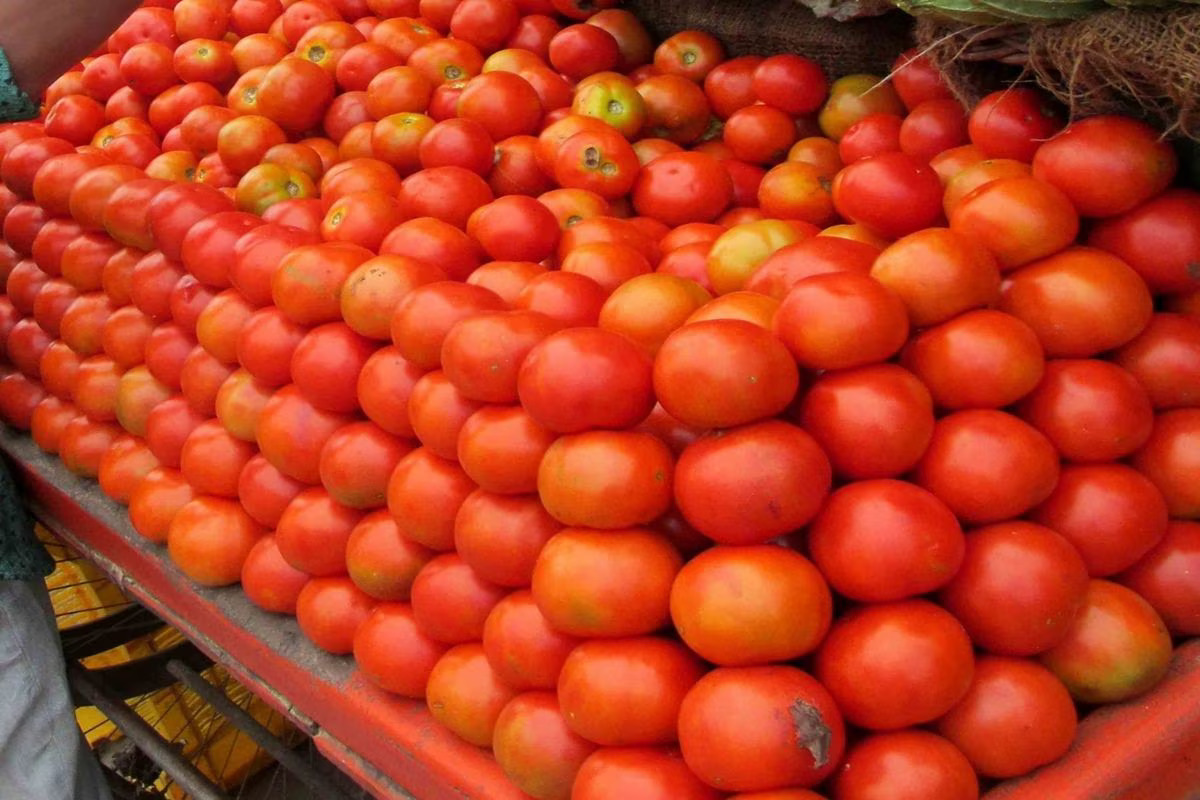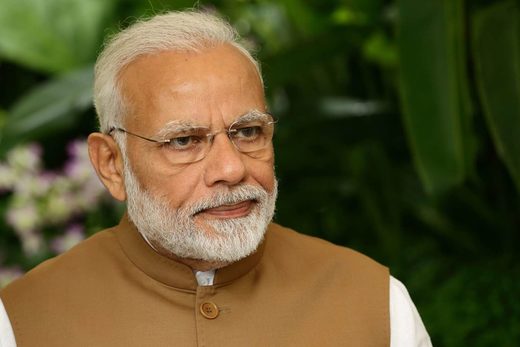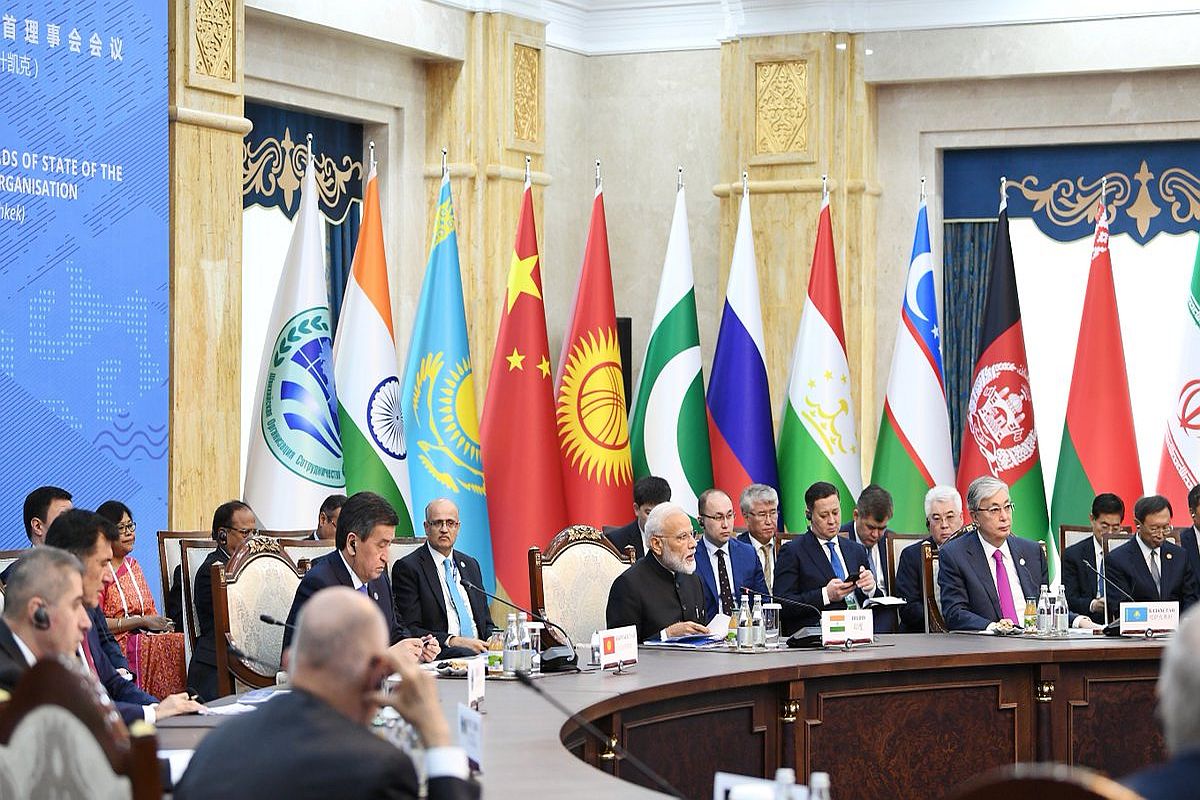The Narendra Modi government is dealing with a large, red hurdle that is both financially onerous and concerning: tomatoes. Tomatoes are now nearly 200% more costly than petrol (Rs 97 per litre in Delhi), with a price tag of Rs 250 per kilogramme. Tomato prices have reportedly increased by an astounding 445%, making them unaffordable for the average person. People now have to decide between buying 2 litres of gasoline or 1 kg of tomatoes since tomatoes have practically turned into an expensive commodity or red gold.
Not just tomatoes, though. The working class in India has found it increasingly challenging to purchase vegetables during the past month. Peas, ginger, and other summertime crops like okra, pumpkin, and gourds (lauki, tori, and karela), as well as limes, have all gone through steep hyperinflation. Given this dangerous circumstance, RBI research has issued a warning that the rise in tomato prices may derail the inflationary trend. Even the tomatoes in their burgers and wraps have been discontinued by large retail chains like McDonald’s. Additionally, tales of tomato heists and break-ins are often reported in popular media.
Unpredictable weather conditions were the cause of this tomato disaster. This year, India has seen harsh weather, including heatwaves and heavy rain, which hampered the harvest of wheat in northern and central India during the Rabi season. Tomato crops in the southern and coastal portions of the country have been damaged as a result of storms and unexpected rains that have wreaked havoc in North Indian off-season producing regions, including Himachal Pradesh, Uttarakhand, and Kashmir. Even though some farmers in Himachal Pradesh were able to sell their tomatoes for over Rs 100 per kg, their success was short-lived as a result of the torrential rains that not only ruined the tomato crops but also seriously damaged the steep roads and interstates, which disrupted the supply chain in many different locations.
Although the impact of climate change is unquestionably considerable, India has always struggled with supply chain problems for its three core crops, tomatoes, potatoes, and onions. The Modi administration introduced Operation Greens and the TOP (tomato, onion, and potato) plan a couple of years ago, which provided freight and infrastructure subsidies. But because of red tape, the current situation has not been resolved. The plan has been put to the test by erratic weather, and it now seems to be unravelling.
Under the pretence of the “Tomato Grand Challenge,” the government is requesting ideas from the populace after the situation has peaked, as opposed to taking action in real-time.
It appears to be more of a publicity gimmick than an actual attempt to solve the problem. This strategy is depressing because tomato producers only recently demonstrated their concern over falling prices by unloading truckloads of tomatoes onto the streets. For their tomato harvests, many farmers received between Rs. 1 and 2 per kilogramme. Onion prices were also appalling. Numerous farmers committed suicide in Maharashtra, calling for government action to combat predatory market forces that manipulated tomato and onion prices. Unfortunately, there was no government policy or strategy in place to help these impoverished farmers in north and south India, which led to significant vegetable losses because farmers had to shoulder the expense of selling their harvest.
It is important to keep in mind that 80 crore Indians depend on the government for their food rations, yet there are noticeably no solid strategies to stop harvest losses. The government repeatedly assured the urban populace that “all is well” in the food economy while NAFED and other organisations stood by as farmers were compelled to trash their vegetable harvests.
Agriculture and administration both failed to address the tomato scarcity. Perhaps Indians wouldn’t have to put up with excessive costs for veggies and tomatoes if the Tomato Grand Challenge had actively included producers as stakeholders. In addition to government purchase and growing quotas for farmers, it is important to create cold storage facilities at the village level, encourage direct market connections, and implement specific Minimum Support Prices (MSP) for TOP veggies. India would struggle to recover from this crisis without such steps.








